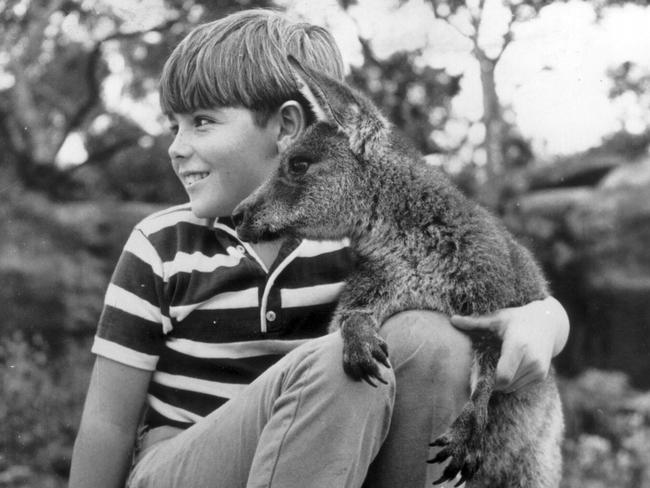Akerman: What’s wrong, Skip? Well, we need to go back 200 years for practices to stop bushfire threat
Repeats of the more recent fierce fires can only be avoided if the fuel loads are reduced with sensitive, regular cool burns using the practices of 200 years ago, writes Piers Akerman.
Opinion
Don't miss out on the headlines from Opinion. Followed categories will be added to My News.
This summer’s bushfire season has the potential to be a bad one; not as bad as 2019-20, but a bad one.
At best, bush will be lost, homes will go and, at worst, people will perish. The sheer bulk of debris in the NSW bush is terrifying; bark, branches, fallen trees, dried grass and leaf litter. It’s explosive fuel.
Naturally, the climate catastrophists and their associated anti-fossil-fuel fanatics laughably blaming the CO2 in the atmosphere, should be ignored. Action is needed.
The historical record shows our continent has known larger and more devastating bushfires during the pre-Industrial Revolution days when there was less CO around. Besides, there has yet to be any scientifically proven link demonstrating that atmospheric CO is a driver of global warming.
That won’t stop hysterical claims that koalas are at risk because we aren’t driving enough electric vehicles or sacrificing more productive farmland to unreliable wind and solar farms, and spending hundreds of billions on a new transmission grid. What history does tell us is that there were far fewer intense bush fires before the imposition of European regulations on burning the bush.

Yes, Aborigines kept bushy habitat in fairly manageable shape; not that it was for mystical cultural reasons, it was to simply make it easier for them to travel and find food. The settlers’ diaries are full of detailed accounts of almost constant burns taking place as Aborigines moved about, driving game with fire, and enjoying the ease with which they could walk through the consequently cleared landscape.
In the Northern Territory and the Kimberley, this sort of burning still occurs and the native grasses renew with the rains and the game and livestock flourish.

Down here, however, the environmentalists and eco-freaks have thrown a cat’s cradle of red tape over the bushland we all enjoy and unwittingly are killing it with their well-intentioned enviro-activism. Most of the bush around the towns and cities can only be burnt off in either seven-to-10 year or 12-to-20 year cycles under the current misguided environmental legislation.
The environment is no longer as it was when Joseph Banks started cataloguing it, or when the first Europeans started riding horses across what was described as parkland. Now, you’d be pressed to walk through the overgrown woody tangle that is the bush.
Take one of the charming walks around Sydney Harbour and you’re walking through dying overgrown bush dominated in many places by an invasive weed, pittosporum.
We have to go back to the practices of 200 years ago. The more recent fierce fires can only be avoided if the fuel loads are reduced with sensitive, regular cool burns.

Maybe the national parks don’t want people in the parks; perhaps that’s why they are no longer the way they were when the Aborigines walked and hunted across the great Cumberland Plain and on the coast. But if our beautiful wildflowers, our unique angophora and emblematic waratah are going to survive and not be crisped by fire or choked by opportunistic plants, we have to manage the bush as if we want the game to thrive and new seeds to have a chance of survival.
There is a plan to introduce ignition-management zones and burn with greater frequency, but the parks department’s “land managers” are digging in. The bush has changed, and not for the better. If you don’t believe me, look at a rerun of TV’s Skippy the Bush Kangaroo, filmed in Waratah National Park nearly 50 years ago.
Skippy wouldn’t be able to hop far now without smashing into a tree because of unchecked growth. Help the Skippies and demand much needed frequent burns (whether you call them cultural burns or hazard reduction) before we are treated to the same loss of habitat, homes and lives we experienced three years ago.





